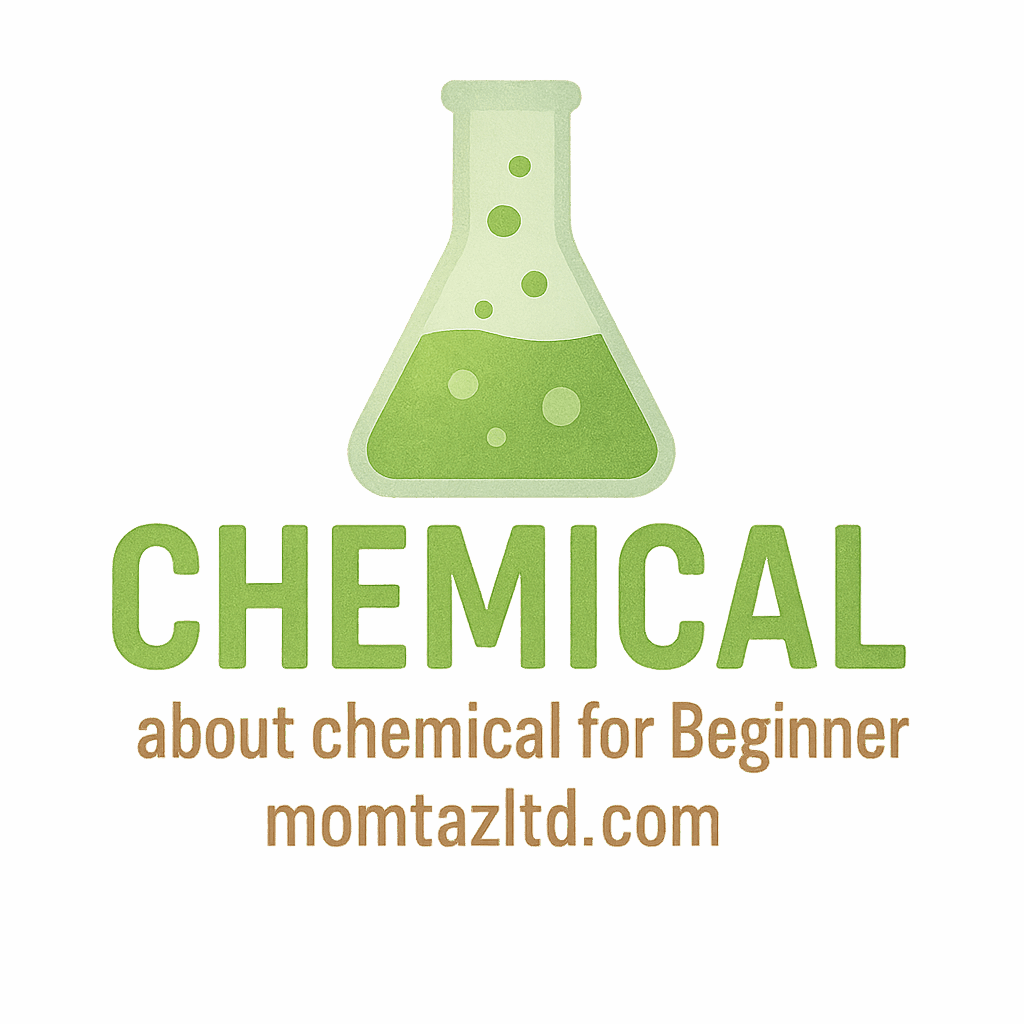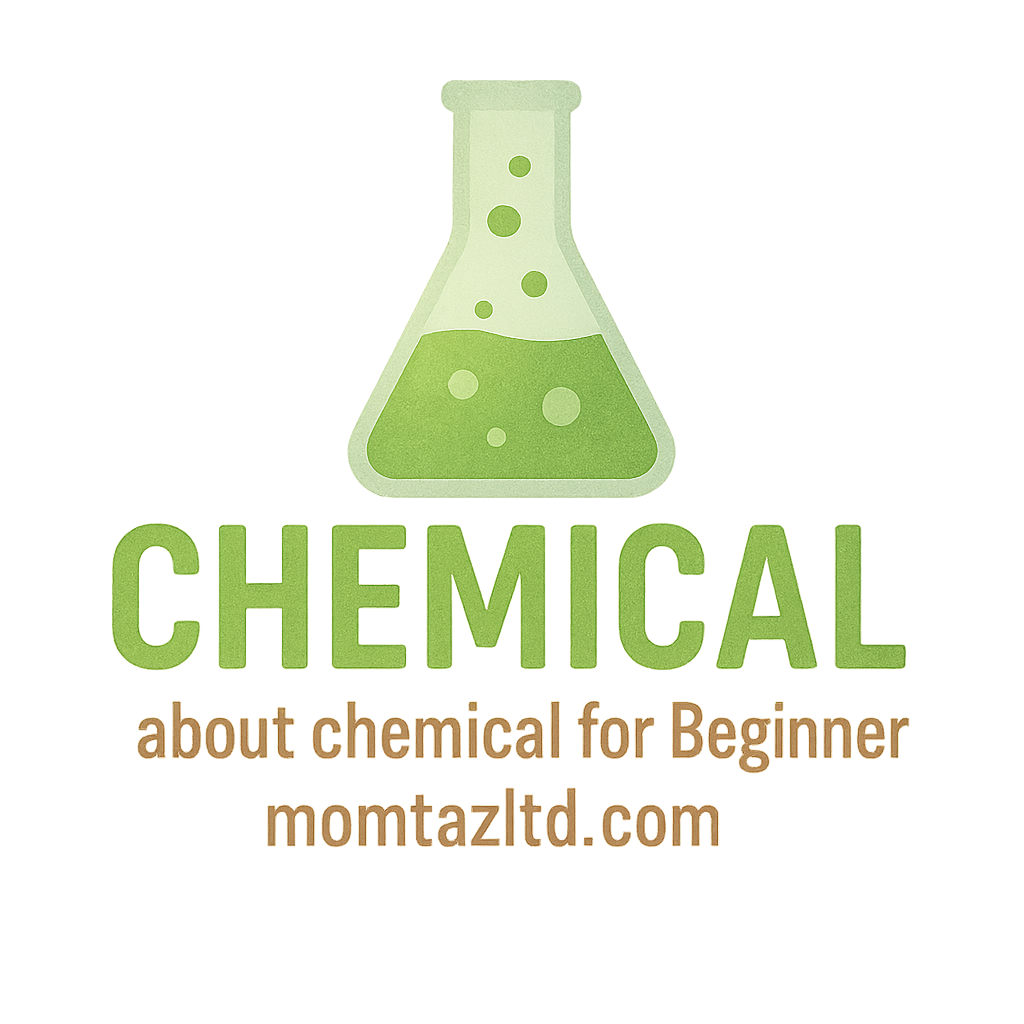Introduction: The Mystery of Chemical Ingredients
We encounter chemicals every day, sometimes without even realizing it. From the food we eat to the air we breathe, chemical ingredients seem to be everywhere. But do we really know what’s inside the products we use on a daily basis? In this article, we’ll dive into 8 common everyday products with hidden chemical ingredients, their potential impacts, and why it’s important to stay informed. For more insights on the basics of chemicals, check out Chemical Basics.
Why Should We Care About Hidden Chemicals?
Chemicals are essential in modern life—they help preserve food, keep us clean, make our clothes look vibrant, and more. However, many of these chemicals are often hidden in plain sight. We assume they’re harmless because they’re in products we use all the time. But some chemicals, especially in higher doses or prolonged exposure, can pose health risks.
The Role of Chemicals in Modern Life
Chemicals serve various roles. In household products, they act as cleaners, preservatives, or fragrances. In food, they extend shelf life and enhance flavors. In personal care products, they maintain skin moisture, protect hair, and make cosmetics last longer. While these functions are convenient, their potential risks can’t be overlooked.
Chemical Exposure and Health Risks
The most common chemicals in everyday products range from preservatives and fragrances to pesticides and solvents. Long-term exposure to certain chemicals has been linked to health issues such as hormone disruption, allergies, respiratory problems, and even cancer. Understanding the chemicals in your daily products is key to reducing these risks. For more on chemical safety, check out Chemical Safety.
1. Household Cleaning Products: More Than Meets the Eye
Cleaning supplies are indispensable in every home, but they often contain chemicals that can be harmful if not handled properly. Let’s break down what’s hiding in your bottles of cleaner.
Common Chemicals in Household Cleaners
Most commercial cleaners include a variety of chemicals like ammonia, bleach, and phthalates. Ammonia is a common ingredient in glass and surface cleaners, while bleach is often found in bathroom and disinfectant products. Phthalates, which are used to dissolve other substances, are commonly found in fragrances.
Impact of These Chemicals on Your Health
Ammonia and bleach can irritate the skin, eyes, and respiratory system. Inhalation of these chemicals over time can lead to chronic respiratory issues. Phthalates, often found in air fresheners, have been linked to endocrine disruption, potentially affecting hormone levels. For tips on chemical storage, visit Chemical Storage.
2. Personal Care Products: Beauty with a Side of Chemicals
When you use your shampoo, deodorant, or lotion, you’re not just applying a pleasant scent. Many personal care products contain chemical compounds that may not be as harmless as they seem.
Chemical Ingredients in Shampoos, Lotions, and Deodorants
Common chemicals found in personal care items include parabens, sulfates, and synthetic fragrances. Parabens are used as preservatives, while sulfates are detergents that help the product foam. Synthetic fragrances, which are a cocktail of chemicals, are often added to make the product smell better.
Why They’re Used and Their Potential Risks
While these chemicals perform well in terms of preserving, foaming, and scenting, they can have adverse effects on skin, hair, and overall health. Parabens have been linked to hormone disruption and breast cancer. Sulfates can strip natural oils from the skin and hair, causing dryness or irritation. Synthetic fragrances can trigger allergic reactions and asthma. For more on chemistry in beauty products, explore Learn Chemical.
3. Food and Beverages: Hidden Additives and Preservatives
The food we consume often contains a variety of additives and preservatives to enhance flavor, texture, and shelf life. But what exactly are they?
Common Chemicals in Processed Foods
Preservatives like sodium benzoate, BHA (Butylated HydroxyToluene), and artificial sweeteners like aspartame are common in processed foods. These chemicals help prolong the shelf life of snacks, beverages, and packaged meals.
How They Affect Your Health
While these chemicals may not harm you immediately, long-term consumption has been associated with health risks. Sodium benzoate, for example, can cause allergic reactions, and BHA has been labeled a potential carcinogen. Aspartame has been linked to headaches and digestive issues in sensitive individuals. For a deeper dive into chemicals in food, visit Household Chemicals.

4. Clothing and Textiles: Fabrics You Didn’t Know Were Chemical-Laden
The clothes you wear can be a hidden source of exposure to chemicals. Many textiles are treated with chemicals to make them more durable, wrinkle-resistant, and vibrant.
Chemical Dyes and Treatments in Your Clothes
From azo dyes to formaldehyde-based resins, clothing manufacturers often use chemicals to enhance fabric properties. These dyes can be toxic, while formaldehyde treatments help prevent wrinkles.
The Environmental and Personal Health Impact
The chemicals used in clothing can irritate your skin or cause allergic reactions. Additionally, many of these chemicals are not biodegradable, meaning they can pollute the environment when washed or discarded. For more insights, explore Chemical Terms.
5. Air Fresheners: Fragrances Concealing Toxicity
Your favorite air freshener may be hiding harmful chemicals that could affect your health. Let’s take a closer look at what you might be breathing in.
Chemicals in Air Fresheners and Their Hidden Dangers
Air fresheners often contain chemicals such as phthalates, formaldehyde, and petroleum-based solvents. These chemicals can be released into the air and inhaled.
Alternatives to Chemical-Based Air Fresheners
Instead of traditional air fresheners, try essential oils, beeswax candles, or natural incense to freshen the air without the toxic chemicals. For more eco-friendly solutions, check out Industrial Chemicals.
6. Pharmaceuticals: The Drugs You Take Every Day
Medications, both prescription and over-the-counter, often contain chemical compounds to ensure they work effectively. But what are they, and are they always safe?
Chemical Compounds in Over-the-Counter and Prescription Medications
From pain relievers like aspirin to cold medications and antidepressants, chemicals like acetaminophen, ibuprofen, and various synthetic compounds are present.
Understanding the Risks vs Benefits
While medications can save lives, some chemicals in these drugs may cause side effects or have long-term health implications when taken frequently. Always be mindful of the ingredients and potential risks. For more on chemistry in pharmaceuticals, explore Chemical Careers.
7. Paints and Varnishes: The Color of Chemicals
Did you know that the vibrant paints and finishes in your home might contain hazardous chemicals? Let’s explore what’s inside.
Chemicals in Paints, Stains, and Varnishes
Common chemicals in paints include lead, VOCs (volatile organic compounds), and solvents. These are used to improve color quality, drying time, and durability.
Health Concerns Related to Chemical Exposure from Paints
Lead exposure can be particularly dangerous to children, causing developmental problems. VOCs, on the other hand, can contribute to indoor air pollution and respiratory issues. For more on chemical reactions, visit Chemical Reaction.
8. Technology and Electronics: Chemicals Lurking in Your Gadgets
Your gadgets, such as smartphones, laptops, and televisions, are not just tech marvels; they are also loaded with chemicals.
Hidden Chemicals in Electronics and Their Impact
Electronics often contain hazardous chemicals like brominated flame retardants, lead, and cadmium. These chemicals are used for fire resistance and conductivity.
Environmental Concerns with Electronic Waste
When discarded, these chemicals can leach into the environment, contaminating soil and water. Always recycle electronics properly to avoid further environmental harm. For more on chemical safety and disposal, check out Lab Experiments.
Conclusion: How to Protect Yourself from Hidden Chemicals
Although chemicals play an essential role in modern life, it’s important to minimize exposure to harmful ones. By reading labels, opting for natural alternatives, and choosing eco-friendly products, you can significantly reduce your chemical intake. For more educational resources, explore Beginner Chemistry.
Simple Steps to Reduce Exposure
- Choose natural and organic products whenever possible.
- Use essential oils instead of synthetic fragrances.
- Look for eco-friendly cleaning and personal care items. For more alternatives, explore Industrial Learning.
Educate Yourself and Make Informed Choices
Staying informed about the chemicals in your everyday products is the first step toward protecting your health and the environment. For expert advice, explore Learn from Experts.
FAQs
1. What are some common chemicals found in household products?
Common chemicals in household products include ammonia, bleach, phthalates, and formaldehyde.
2. Are natural products free from harmful chemicals?
Not necessarily. Some natural products can still contain harmful chemicals or allergens, so it’s important to check labels.
3. How do I check if a product contains harmful chemicals?
Look for ingredient lists on labels or consult online databases that provide information on product safety.
4. What chemicals should I avoid in personal care products?
Avoid parabens, sulfates, synthetic fragrances, and phthalates.
5. Are there safe alternatives to chemical-laden air fresheners?
Yes, essential oils, beeswax candles, and natural air purifiers are safer alternatives.
6. How can chemicals in food affect my health?
Chemicals in food can cause allergic reactions, digestive issues, and long-term health risks if consumed regularly.
7. How can I minimize exposure to harmful chemicals in my daily life?
Choose eco-friendly, natural products, reduce the use of chemical-based cleaners, and recycle electronics properly.
Tanya ChatGPT


